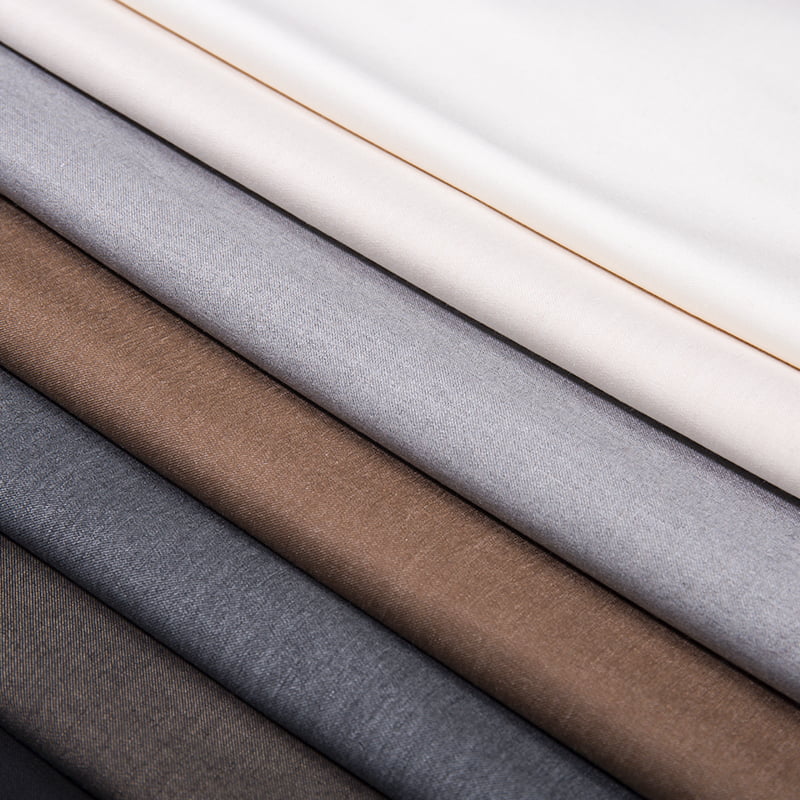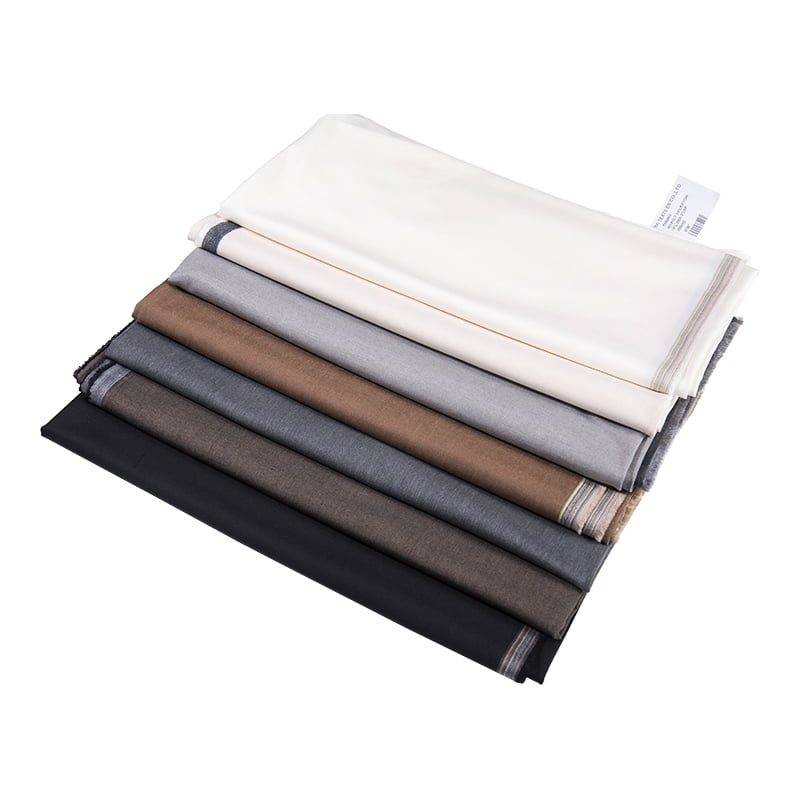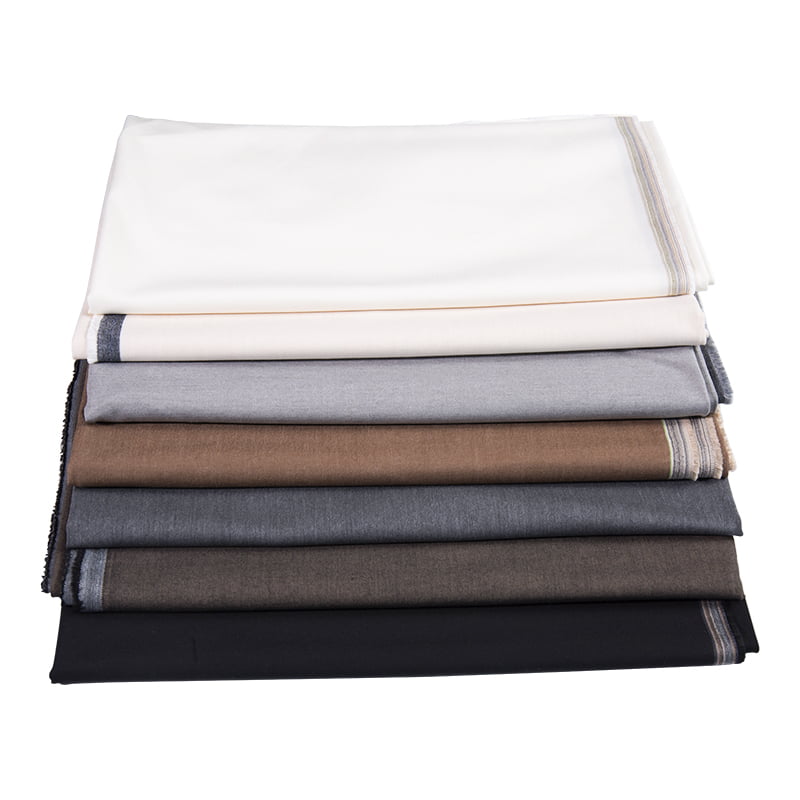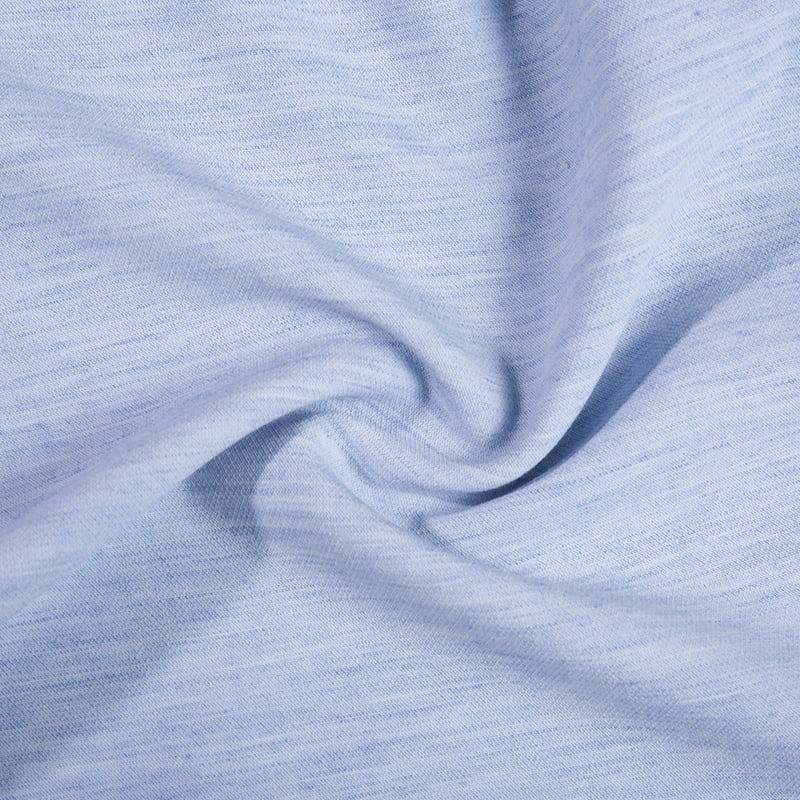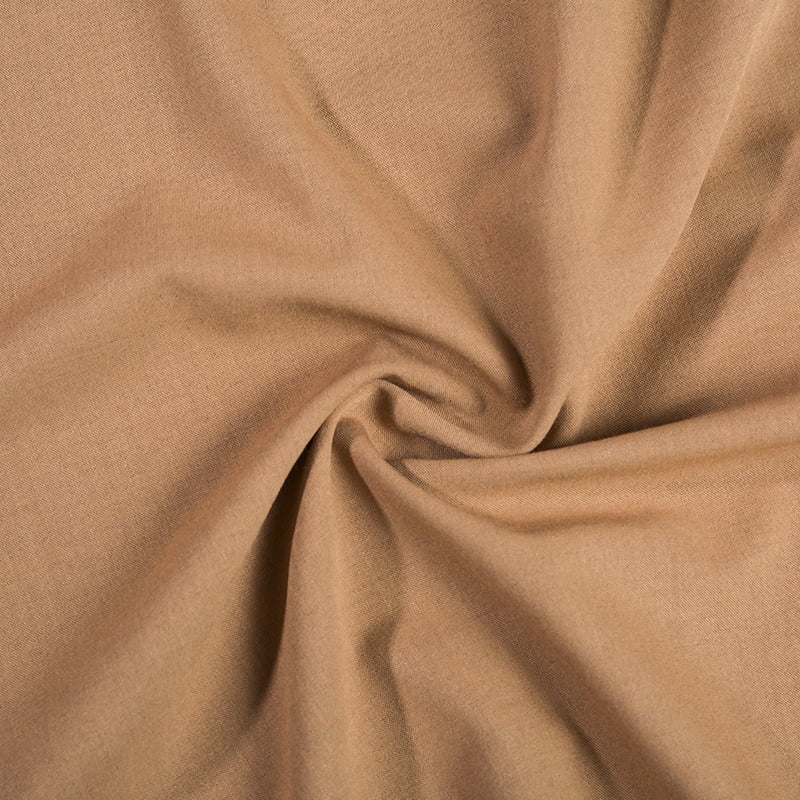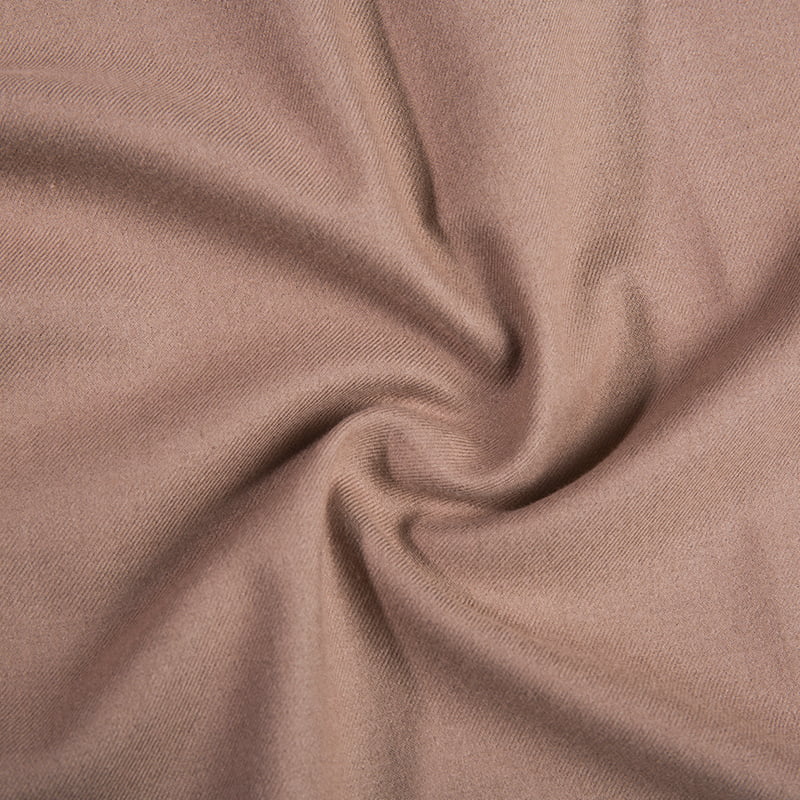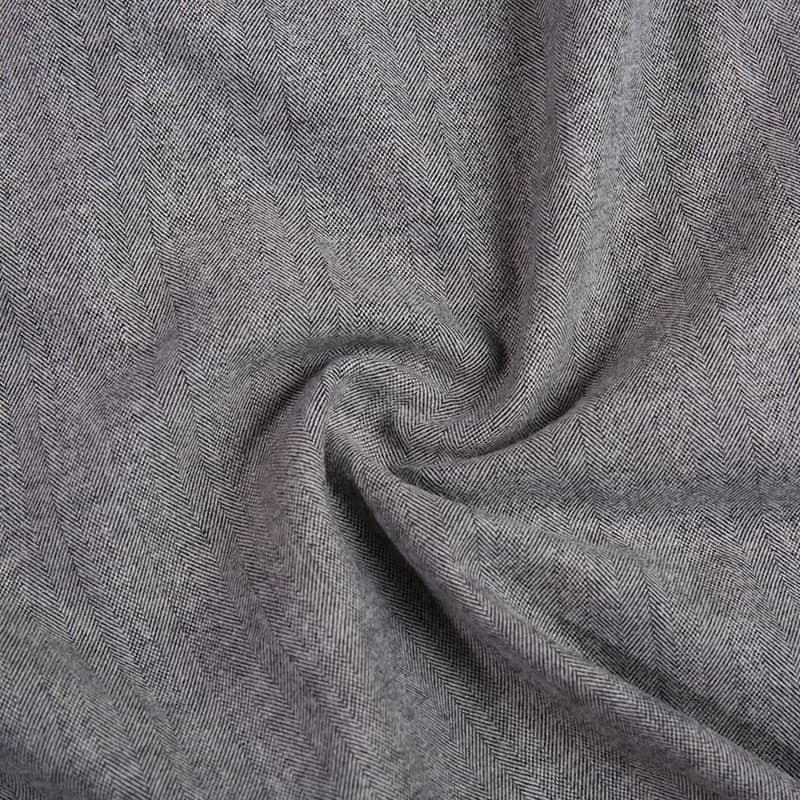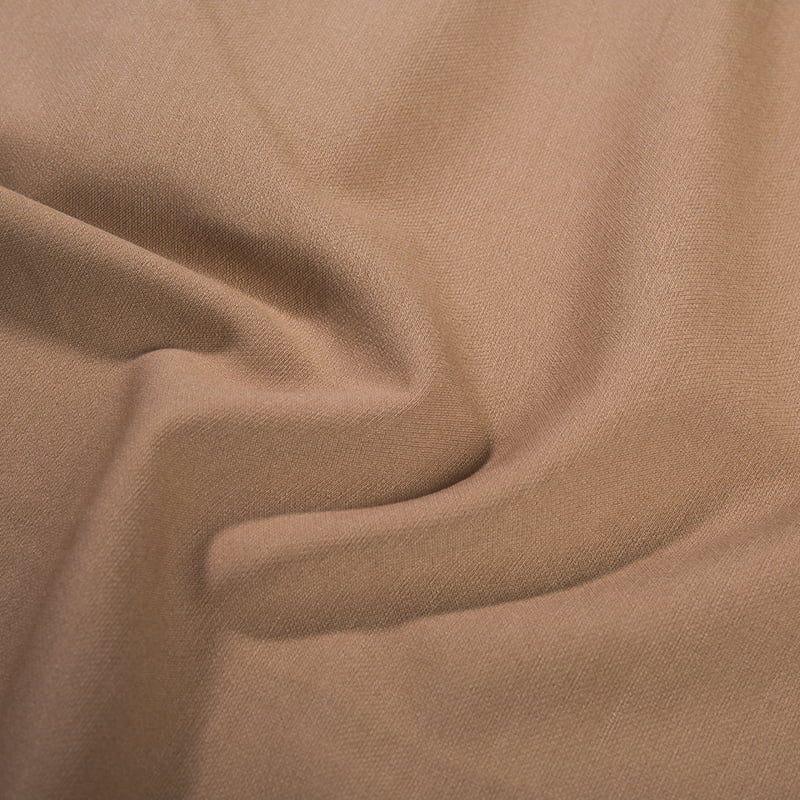How is the elastic recovery performance of polyester rayon stretch fabric achieved through its molecular chain structure?
The elastic recovery performance of polyester rayon stretch fabric comes from its unique molecular chain structure, which enables the fabric to quickly recover to its original shape when subjected to external force. The following is an industry knowledge description of the elastic recovery performance of polyester rayon stretch fabric:
Molecular chain structure of polyester rayon: Polyester rayon, also known as polyester fiber, is mainly composed of ester groups, aromatic rings and terminal alcohol hydroxyl groups. The ester group provides strong stability for the molecular chain, while the aromatic ring gives the fiber higher rigidity and strength. At the same time, the terminal alcohol hydroxyl group in the molecular chain makes the polyester fiber have certain hydrophilicity and softness.
Mechanism of elastic recovery performance
1. Elastic deformation of molecular chain: When polyester rayon is subjected to external force, its molecular chain will undergo a certain degree of elastic deformation. This deformation is temporary, that is, the molecular chain has not undergone permanent rupture or structural changes.
2. Rigid support of aromatic ring: The aromatic ring structure in the molecular chain can maintain its original arrangement and shape under the action of external force because of its high rigidity and stability. This provides a solid foundation for the recovery of the molecular chain.
3. Softness and elasticity of ether bonds: The presence of ether bonds provides a certain softness and elasticity to the molecular chain. This allows polyester rayon to deform to a certain extent when subjected to external force, and quickly recover to its original shape after the external force disappears.
Factors affecting elastic recovery performance:
1. Temperature: Under high temperature conditions, the molecular chain movement of polyester rayon intensifies, which may lead to a decrease in elastic recovery performance.
2. Humidity: Too high or too low humidity may affect the elastic recovery performance of polyester rayon. Appropriate humidity helps to maintain the softness and elasticity of the molecular chain.
3. External force size: Excessive external force may cause permanent breakage or structural changes in the molecular chain, thereby affecting the elastic recovery performance.
Methods for optimizing elastic recovery performance:
1. Optimize the molecular chain structure: By adjusting the ratio and arrangement of ester groups, aromatic rings and ether bonds, optimize the molecular chain structure and improve the elastic recovery performance.
2. Control the production process: Strictly control process parameters such as temperature and humidity during the production process to ensure the stable quality of polyester rayon.
3. Use additives: Add appropriate additives, such as elastic enhancers, during the production process of polyester rayon to improve its elastic recovery performance.
From the above analysis, it can be seen that the elastic recovery performance of polyester rayon stretch fabric is achieved through its unique molecular chain structure. In practical applications, we need to pay attention to the factors that affect the elastic recovery performance and take corresponding measures to optimize it.


 English
English 中文简体
中文简体 日本語
日本語 한국어
한국어 Español
Español русский
русский

